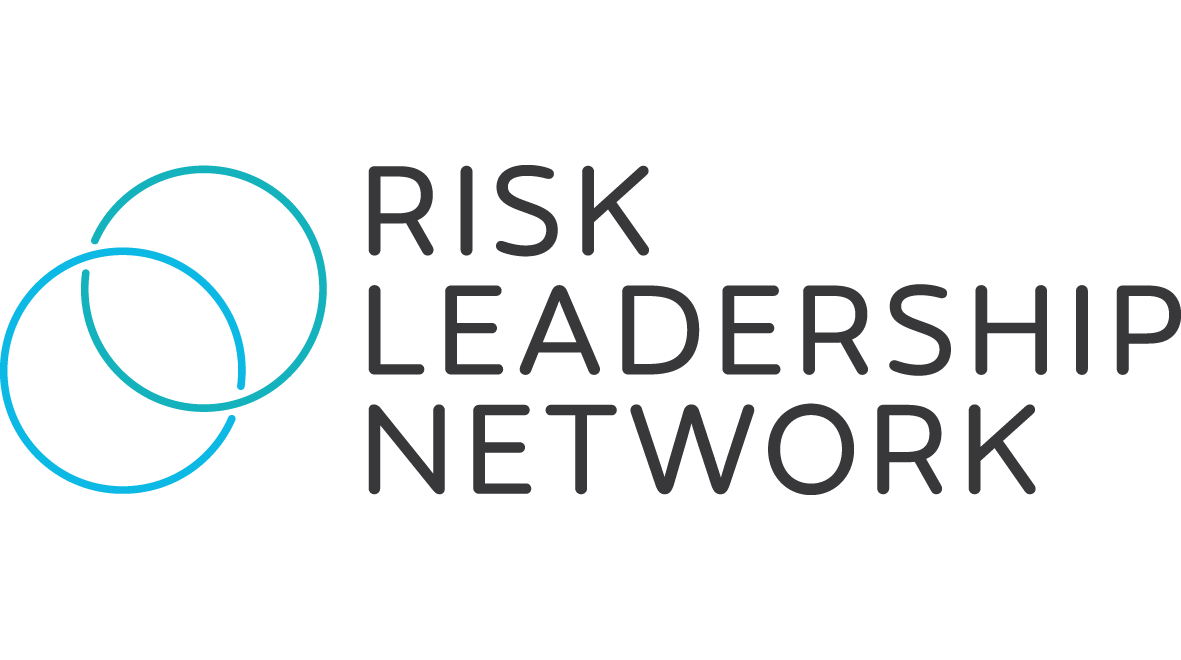Embedding risk into strategic decision-making
2023-2024
We're struggling to embed a robust risk culture in our organisation. In particular, we strive to build a risk culture where risk is seen as a business partner which can help with strategic decisions. Currently, the risk team isn't included in the outset of strategic planning - instead we're brought in to assess the risks once the strategy has been agreed. How does risk get a seat at the strategy table?
Risk Leadership Network member
CRO, privately-owned energy company in the Middle East
1. Created a bespoke benchmark on applying a risk lens to strategy
With the member closely involved in developing the question set, we created a bespoke benchmark on applying a risk lens to strategy.
Participants were hand-selected - risk leaders at large multinational organisations of a similar size/operating model as this member.
The report gathers practical methods in-house risk leaders are using to align risk management with strategy.


2. Facilitated a series of virtual meetings
We facilitated a series of small group virtual meetings with 5 CROs from high-performing risk teams that have a similar operating model to the member (e.g. CROs whose risk function sits within the internal audit function). This allowed the member to really dive deep into specific challenges and solutions applicable to their particular situation.
Meetings included:
- Practical examples of how risk management can add value to an organisation's 5-year strategy
- Working with strategy and business development teams on risk analysis for investments
- Long-term scenario planning: monitoring emerging risks and making strategic course corrections


How this helped
The risk team started to get included in strategy-based planning
Although changing a company's risk culture can be a slow process, the member told us they'd started to get invited to more business strategy meetings.
Saved time
The member lifted methods from the report and approaches shared by peers in the small group discussions. They were able to validate their thinking and get feedback from peers, who candidly critiqued their plans prior to implementation
Secured additional funding
By using data from the benchmark internally, the member was able to get approval for extra risk resources to better embed risk management across the 3 lines of the business. As participation in the benchmark was so targeted, the member could say "similar organisations have more resources".